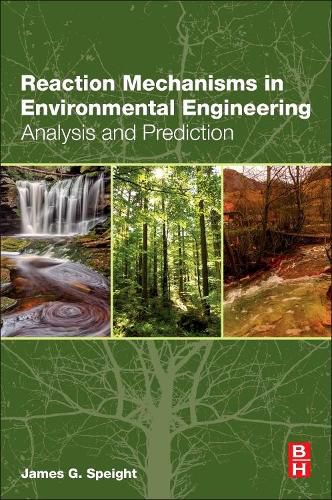Readings Newsletter
Become a Readings Member to make your shopping experience even easier.
Sign in or sign up for free!
You’re not far away from qualifying for FREE standard shipping within Australia
You’ve qualified for FREE standard shipping within Australia
The cart is loading…






Reaction Mechanisms in Environmental Engineering: Analysis and Prediction describes the principles that govern chemical reactivity, and demonstrates how these principles are used to yield more accurate predictions. Increase your accuracy in analyzing and predicting the speed of pollutant conversion in engineered systems such as water and wastewater treatment plants, or natural systems, such as lakes and aquifers receiving industrial pollution. The book includes examples from air, water, and soil. The three part treatment begins with a clear exposition of the properties of environmental and inorganic organic chemicals, followed by partitioning and sorption processes and sorption and transformation processes. Kinetic principles are used to calculate or estimate the pollutants’ half-lives. Physical-chemical properties of organic pollutants are used to estimate transformation mechanisms and rates. Emphasis is on developing an understanding of how physico-chemical and structural properties relate with the transformations of organic pollutants.
$9.00 standard shipping within Australia
FREE standard shipping within Australia for orders over $100.00
Express & International shipping calculated at checkout
Reaction Mechanisms in Environmental Engineering: Analysis and Prediction describes the principles that govern chemical reactivity, and demonstrates how these principles are used to yield more accurate predictions. Increase your accuracy in analyzing and predicting the speed of pollutant conversion in engineered systems such as water and wastewater treatment plants, or natural systems, such as lakes and aquifers receiving industrial pollution. The book includes examples from air, water, and soil. The three part treatment begins with a clear exposition of the properties of environmental and inorganic organic chemicals, followed by partitioning and sorption processes and sorption and transformation processes. Kinetic principles are used to calculate or estimate the pollutants’ half-lives. Physical-chemical properties of organic pollutants are used to estimate transformation mechanisms and rates. Emphasis is on developing an understanding of how physico-chemical and structural properties relate with the transformations of organic pollutants.